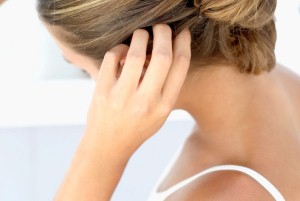Head lice is a dilemma that virtually every child hears about while in elementary school, especially since most screen for the parasite at least once per year. Because of this, it's important to know some telltale signs of the problem and what the consequences are if your child has it. After all, the last thing you want is for your kid to be called "dirty" by classmates – even though lice have nothing to do with being unclean.
Why lice is a problem. Lice feed off of small amounts of blood taken from the scalp in particular. The parasites will leave bumps and irritated areas on the scalp, which can develop into other problems like rashes. However, they don't tend to spread disease.
How to know if my child has it. Lice will almost always leave traces of their activity, such as eggs that look like tiny multi-colored beads on the scalp. If your kid is constantly scratching, make it a point to thoroughly examine their scalp.
Ways to treat the problem. Although there are several home remedies and over-the-counter drugs to combat the issue, prescription drugs like Lindane shampoo and Malathion are the most reliable treatments. Natural remedies, such as simply removing the nits and bugs with a lice comb, may also do the trick.
Prevention is best. Because lice is so contagious, the most reliable course of action may be to deter it before it becomes a problem. Remind your children as often as possible that sharing hats and scarves at school and pillows at sleepovers is a no-no.
Head lice isn't by any means a serious problem and – in case you're wondering – a child having it doesn't reflect parenting skills. Even though it can be contagious, which is reason enough to keep your kid out of school for a few days, it's not a direct threat to his or her health.
